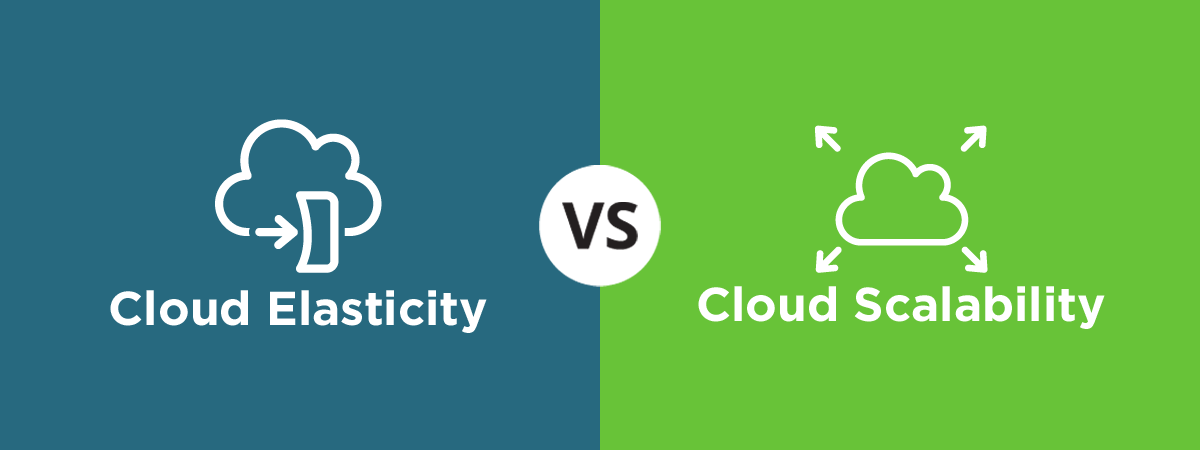What’s the Difference Between Cloud Scalability and Cloud Elasticity?
When migrating to the cloud, CIOs and IT managers should understand key concepts of cloud solutions that affect performance, reliability, security, and (most importantly) costs. One of the most important considerations may be cloud scalability and cloud elasticity. These two concepts are NOT equivalent, with key differences that can impact your strategy and results. Here we describe the important differences between cloud scalability and cloud elasticity. Cloud scalability vs. cloud elasticity – the heavyweight match!
Cloud Scalability
Scalability is a strategic operation for adding computing resources to support demand. As workload grows (AKA “a good problem to have”), you want a system that can handle growth. For example, your Amazon AWS cloud infrastructure can incrementally provision servers to meet an increase in workload (as we described in our article on Self Healing Systems). As an example, if you’re running an e-commerce site for Halloween decorations, demand probably peaks in October, so you’d want your store to be able to handle the seasonal demand. That is, you’d want it to scale up.
Similarly, software can be designed to be scalable so that it can accommodate increased demand.

Cloud Elasticity
Cloud server elasticity represents more of a tactical approach to allocating computing resources. Elasticity provides the necessary resources required for the current workload but also scales up or down to handle peak utilization periods as well as off-peak loads. Building on our Halloween store example, demand would abruptly end at the end of the month. Would you want to pay for the peak utilization all year? Probably not! That is where elasticity comes in — you could ramp down server configurations to meet the lower levels during other periods. Cloud elasticity adapts to fluctuating workloads by provisioning and de-provisioning computing resources.

Cloud Elasticity vs. Cloud Scalability: Why They Matter
Service Availability
Scalability enables stable system growth, while elasticity solves variable resource demands. Automatically scale to meet needs.
Better Performance
Scalable and elastic configurations both ensure consistent performance. Customers will have a good customer experience.
Cost Effectiveness
Cloud scalability and cloud elasticity allow you to efficiently manage resources. You won’t overpay for off-peak periods. When it comes to cost management with elasticity vs scalability, elasticity optimizes more for off-peak times.



Leave A Comment